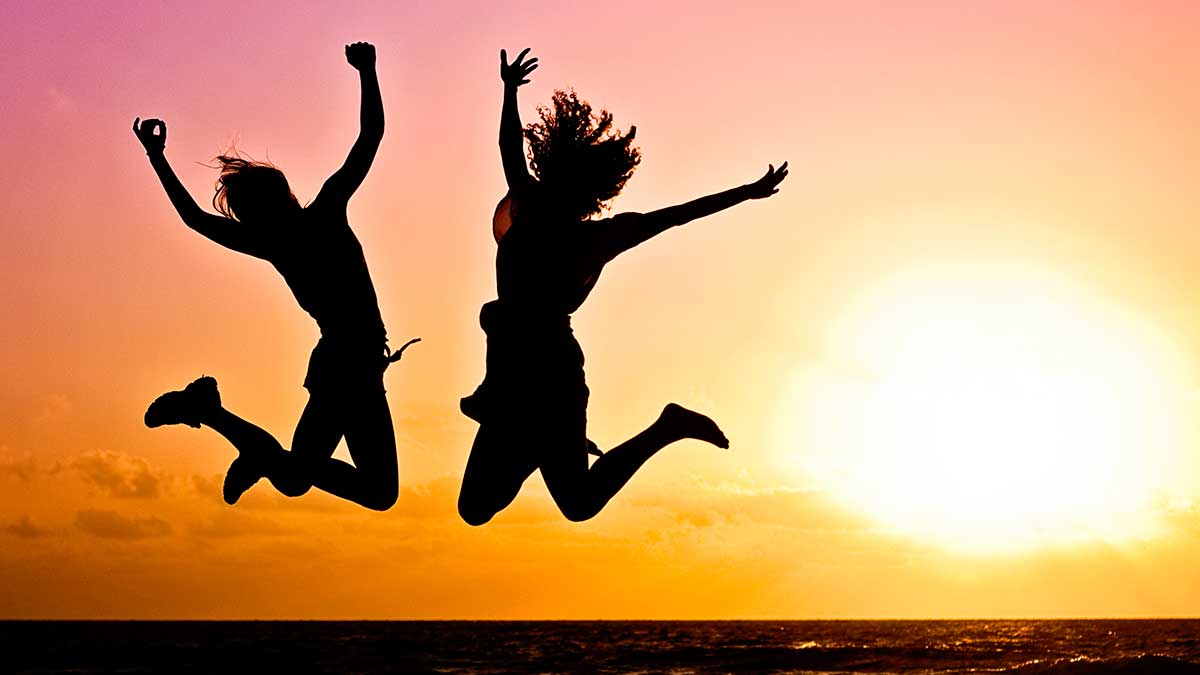|
Picture framing - Photos to posters - A1 A2 A3 A4 - Panoramic Christmas delivery - 10% off ! Discount code: Candles | Last order dates for Christmas | 
|
How large can I print?
Photo printing quality – How large can I print my photos?
3 factors that affect printable size:
Resolution
The number of pixels in the image
Compression
The quality of the compression used for saving the photo (most often jpeg)
Noise
Whether the picture has been affected by digital noise caused by lack of light
Photo quality for large prints
How large you can print your photo from a camera or phone is a fairly complex issue and cannot be answered in a simple way. The good news is that today's digital technology, including the majority of cameras and phones, produce high quality photos that convert to print very successfully. There are many issues which affect your photos taken by camera, pads or phones.
As the number of photos taken each year rises to astounding numbers, manufacturers have responded with a myriad of solutions to both taking files and saving files. Old fashion concepts of resolution and image quality have become outdated and more complicated to quantify. Modern photography is a vast galaxy of variations, all of which bear an effect on your image. Many factors contribute to how good your photo will print. NEVER FEAR ... We always do our best to ensure your photos become stunning prints.

Resolution and photography
Photo quality can vary enormously
For instance, iPhones generally take very high quality panoramic images, with an amazing number of pixels per inch. However, their standard, non-panoramic images are sometimes not as packed with pixels. One of the first items to check when taking photos is the settings on your camera. Cameras often arrive with a selection of pixel settings from high resolution down to low resolution. The reasoning behind this is simple. If you plan to post your images on social image sites such as Instagram or Facebook, then a large number of pixels is not required.
Social media sites reduce the quality of your pictures
This is desirable for people utilising social media as it keeps the viewing of images within a reasonable download time, which means viewers do not have to wait for ages and ages whilst an images makes its way to their computer or phone. Sharing images becomes much easier as users using social media can be confident that any images they wish to share will easily find their way to the intended recipient. The other advantage of reduced image sizes, is storage.
Imagine the millions of people taking photos
Just think that Facebook, Pinterest or Instagram all have to provide server space for these photos to reside. It's difficult to conceive of the storage space they need to provide for their users with small files - just imagine what it would be like if they kept all of their files large! Consequently, files copied from social media sites tend not to print well. It is always advantageous to attempt to contact the person who took the photo and ask if you may have the original file to print from. If this is not possible, we will always do our best to print from what you have available.
Things to check on your device
When you purchase a new camera or phone that you intend to use for photography, it is always a good idea to check the resolution settings. Most cameras will let you set your images to a higher quality. Factory default settings tend to conserve storage space so that you can take the maximum number of images. However, if you may wish to create high quality poster prints, Canvas prints or photo framing from your photography then it's a good idea to set the resolution as high as possible. It's better to be safe than sorry! You can always delete undesirable images or transfer photos onto your pc.
Photo compression
Jpeg is a form of compression used to store image data. Photo compression is a technique used by cameras, phones & social media.
This is a method of reducing the data within the image in order to reduce the file size. With compression techniques, the number of pixels may remain the same, however the quality of the pixel date can become extremely compromised. An image that requires 5 or 10Mb of storage space can keep the same number of pixels and yet when compressed, needs only 1 or 2Mb of storage space on your computer or camera. It's not rocket science to guess what sort of affect this will have on the quality of your photo.
There are two basic things which become compromised; colour and the quality of the pixels. By reducing the number of colours contained within an image, there is much less data to be kept. For instance a black and white image containing the same number of pixels as a colour image will require about 25% of the data. This affect may not be noticeable when viewed on a screen but is very evident when printed.
For colour images, compression means that many of the subtle nuances of colour are lost, making your photo appear flat and lifeless.
The second result is the quality of the pixels, making the lines and detail of your photo become jagged and less distinct. Trees and grass become blobs of colour rather than individual elements. The amount of damage that is done to an image varies depending on the level of compression and the amount of file size that is reduced from the original.
Compression comes in many levels, from high quality that will barely damage the photo and is still suitable for print to heavy compression (often used by websites and social media), which removes most of the detail and colour from a photo. For this reason, we also suggest that you upload the original file from your phone or cameras. For best results, you should always print from photos as they were taken, unadjusted and uncompressed. We will always endeavour to ensure that your images are printed at their best, even if we need to lighten some of the darker areas or brighten the overall image.
Noise in photography
Noise is the bane of all photos taken in limited lighting conditions.
Often, when you view a photo of a night-time sky full of stars, all you see is a wave of tiny dots containing red, green and blue. This is known as ‘noise’ and is inherent in all digital photography where the lighting is limited. Basically, the colours of the image break apart into tiny dots whilst the camera struggles to find enough light to render the image. Essentially there is nothing that can be done to prevent this from happening to some degree.
Professional photographers use various techniques to reduce the level of noise although this is a complicated methodology and requires knowledge and experience.
Beautiful sunsets, will always be stunning as printed posters.
Do not be deterred from printing those amazing evening images of sunsets or sunrise. We use noise reduction software where possible when printing dark images. This slightly reduces the effect, however, most dark prints when viewed are not destroyed by the appearance of some noise. The overall view of a stunning sunset over sea or landscape is still beautiful to behold.
For those of you with digital SLR cameras, all of the above three points get far more complicated. The quality of your digital chip, coupled with resolution, lens quality, and camera software add an even greater degree of variation to the results of your photography.
In summary
There is no hard and fast rule as to how many pixels are required to print a particular size.
We therefore do not use any software on our website which states how many pixels are required for each size of print. Instead we rely on our personal knowledge and experience. We check each uploaded photo before printing.If necessary, we will contact you to request if you may have a larger original file.
However, always remember, it is always advantageous to upload the best file you have available. That way you can be assured that your photo poster prints is the highest quality possible, giving you beautiful decor for years to come.Never fear, today’s digital devices take amazing pictures for print.
Whatever your image, at Poster Print Co, we will always ensure that your prints are the best they can be!



